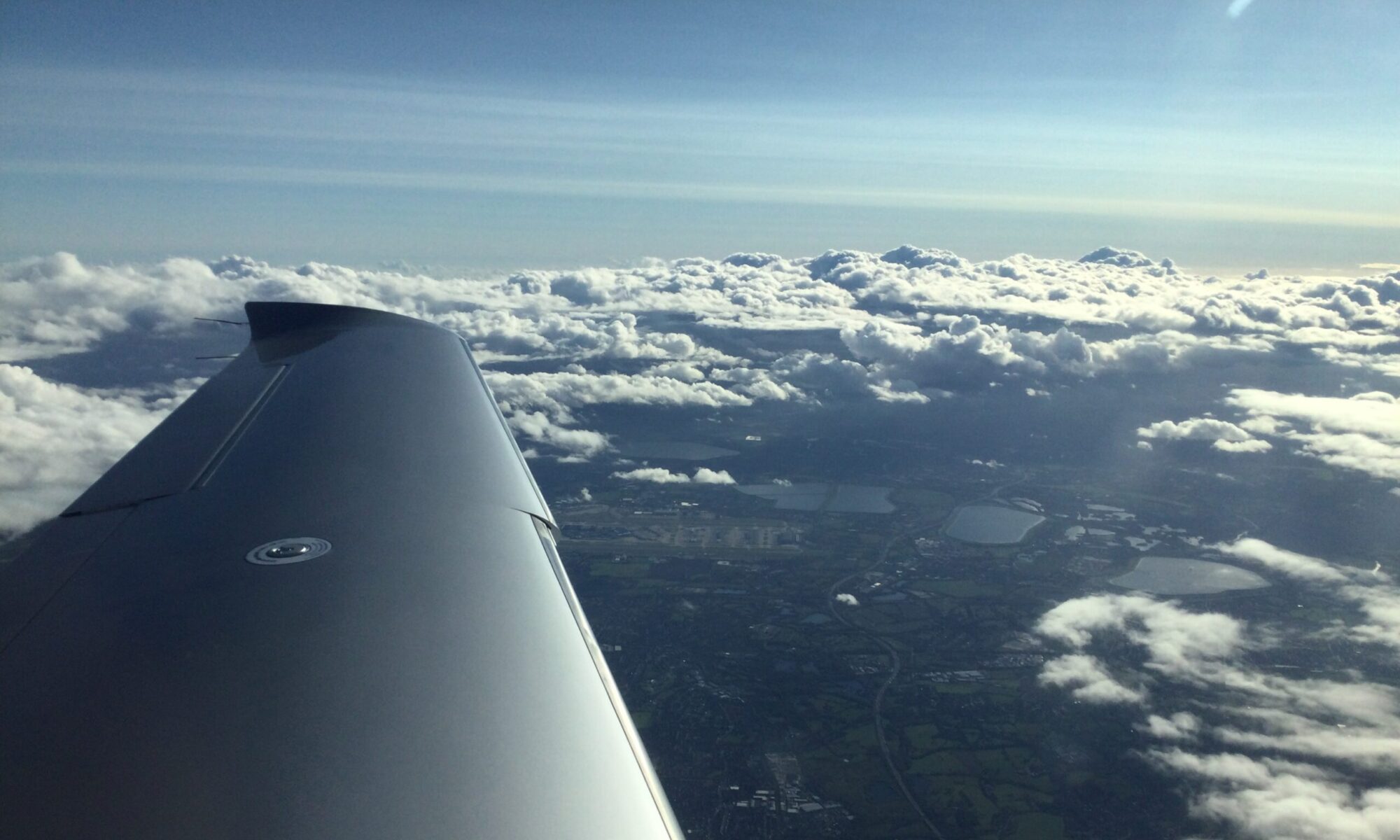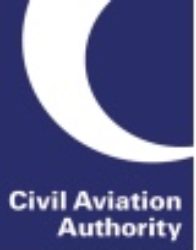Following on from ICAO Circular 353 UK NATS has issued Aeronautical Information Circular (AIC) Y 140/2019 which outline the plan for the transition of the naming of instrument approaches from ‘RNAV’ to ‘RNP’ – so what’s it all that about then?
Well according to the ICAO Performance Based Navigation (PBN) definition:
“Area navigation based on performance requirements for aircraft operating along an ATS route, on an instrument approach procedure or in a designated airspace.”
and within the construct of PBN lies ‘Navigation Specification’.
‘Navigation Specification’ can either be aRea NAVigation (RNAV) or Required Navigation Performance (RNP) – What’s the difference?
RNP has onboard performance monitoring and alerting and RNAV does not. So what has been traditionally called RNAV approaches are in fact RNP approaches.
This transition is all about changing the name on the plates that NATS produces in the UK eAIP and of course what they are called on the radio. CAA has issued CAP 413 Supplementary Instruction 02/2020 for the RTF.
What more info? why not Pass Your Message! and we’ll explain.

